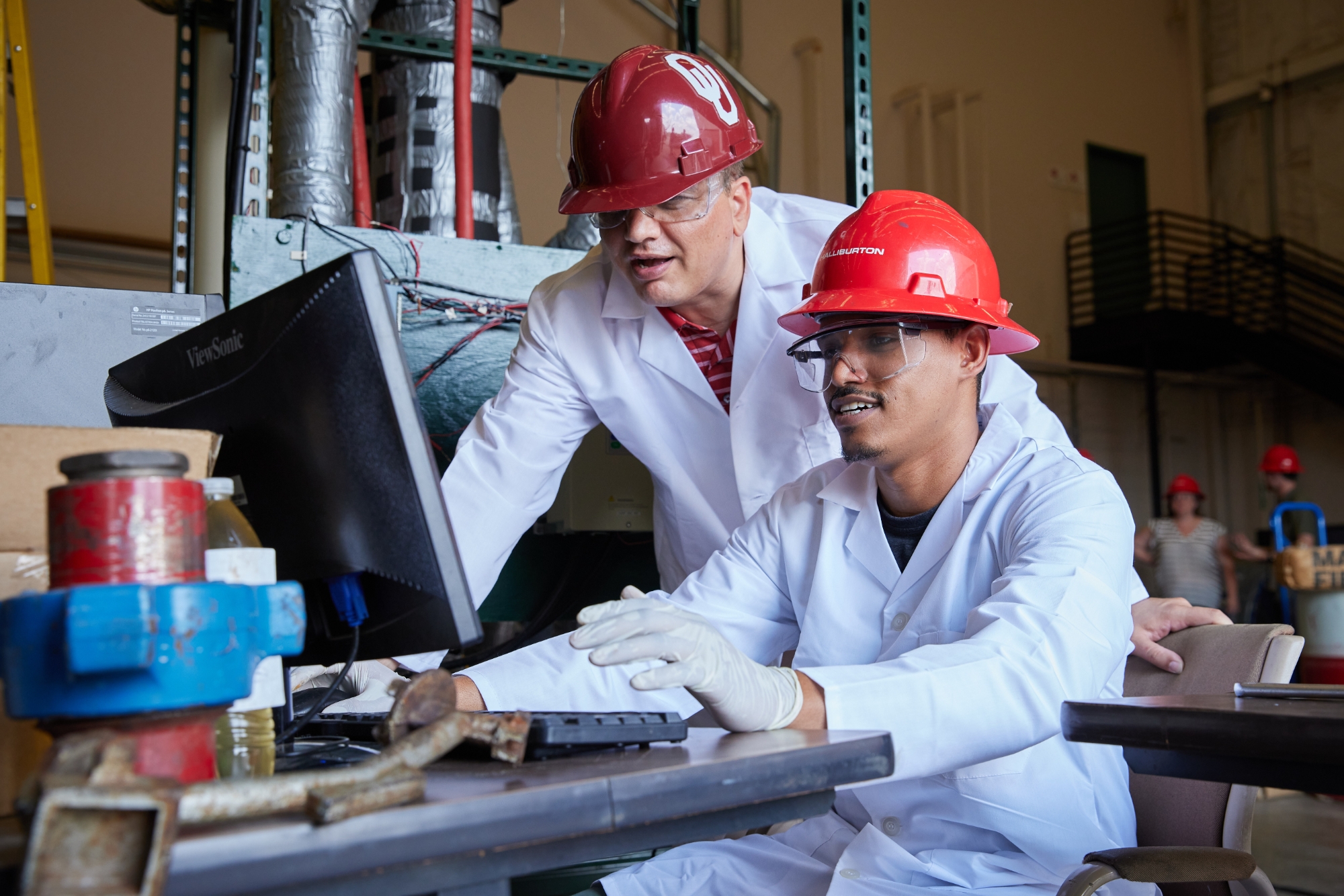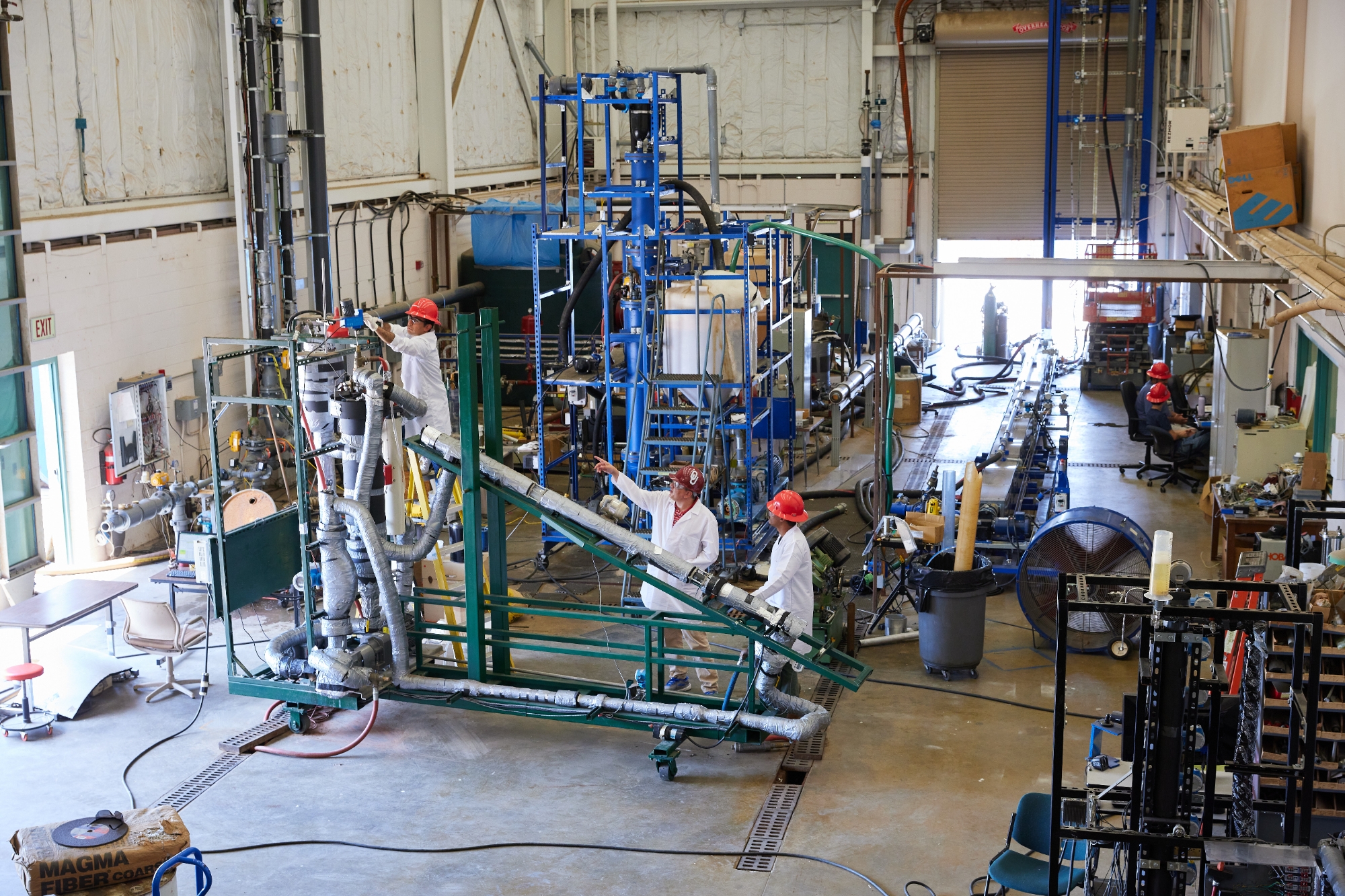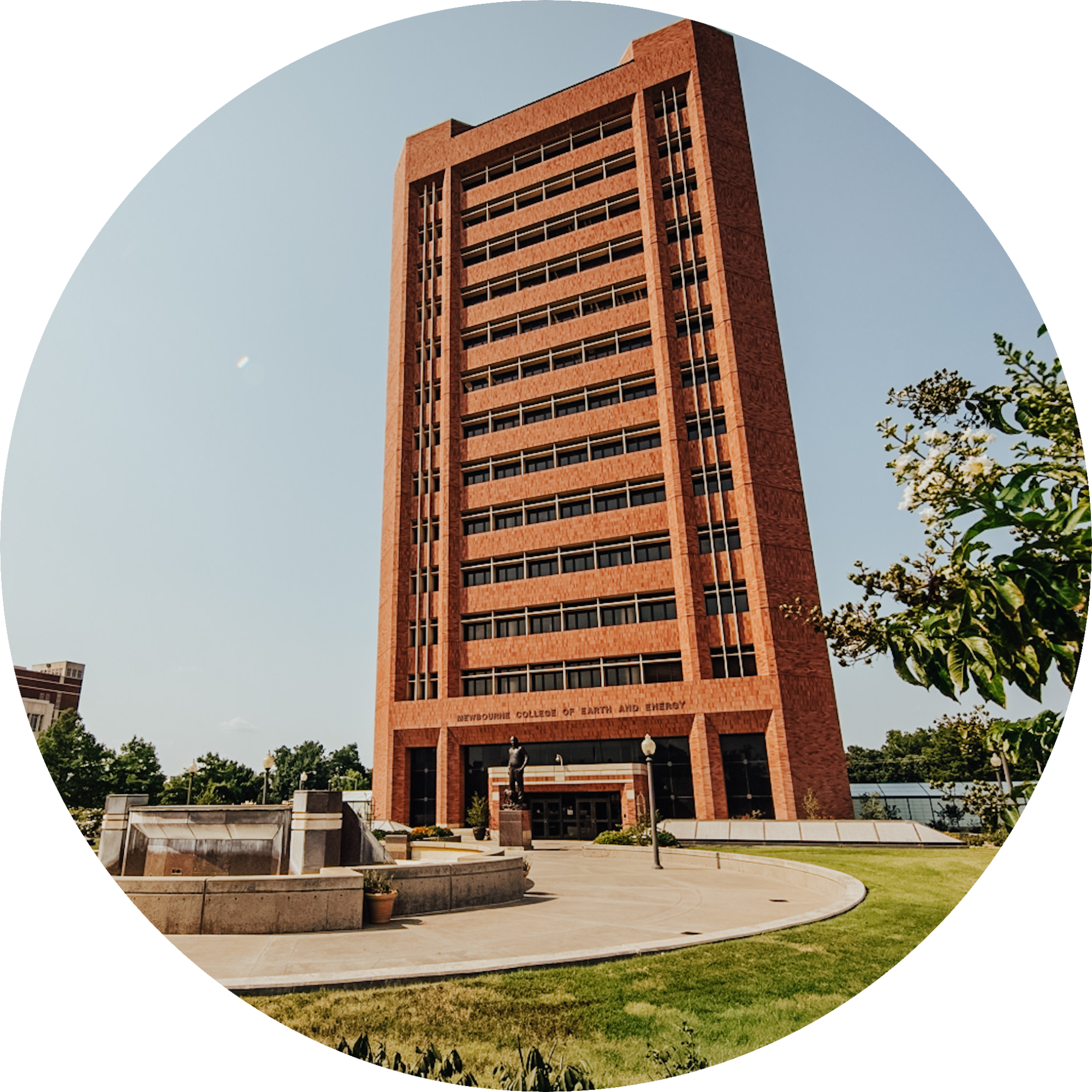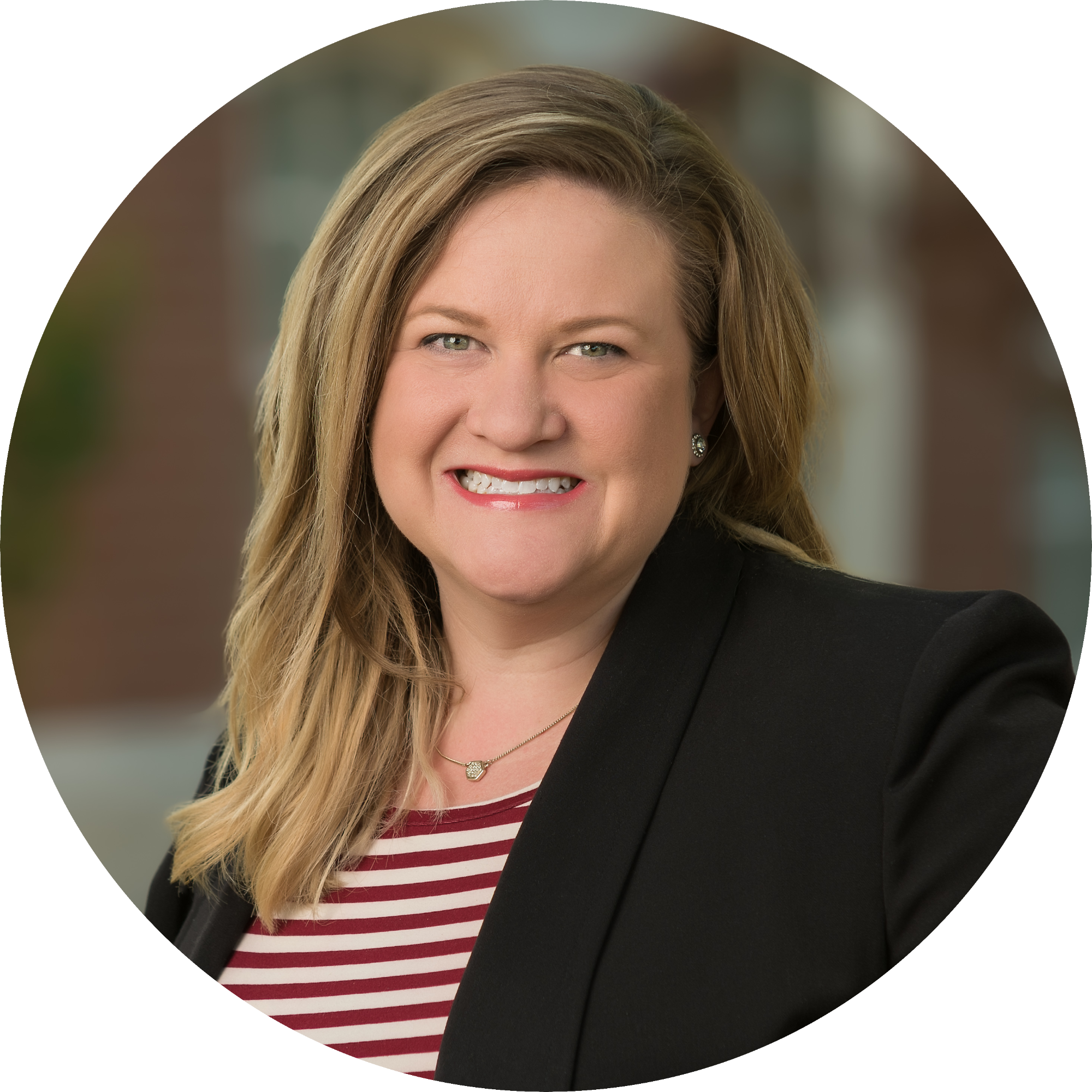
Saeed Salehi (left) and Ph.D. student Majeed Mohmed (right), working on a geothermal project related to fluid flow in geothermal wells and testing of lost circulation materials. Image by Travis Caperton.
JANUARY 24, 2022 | BY SARAH WARREN
University of Oklahoma associate professor Saeed Salehi is leading a team of researchers from the Mewbourne School of Petroleum and Geological Engineering in the Mewbourne College of Earth and Energy to turn abandoned and retired oil and gas wells into geothermal wells that they hope to eventually heat two Tuttle, Oklahoma, schools.
The OU team will be one of the pioneers in the world to put theory into practice and demonstrate the efficacy of this model.
“Researchers from around the world are doing simulations, doing calculations to show that this concept may work, but this is the first time somebody is going to go and do it,” said Salehi.
Geothermal energy uses the Earth’s natural heat to create energy. There are two methods for gathering and using geothermal energy. Both involve tapping geothermal hotspots deep below the surface that contain water heated by the Earth’s core. Engineers can harness steam to create energy, a principle similar to wind or water turbines. They can also pipe up hot water up from deep within the Earth and use it to heat buildings. This project will use utilize the latter option.
“The core of the earth is more than 5,000 degrees Centigrade, equivalent to the surface temperature of the sun,” explained Salehi. “It is a clean-energy resource beneath our feet.”
While people may be familiar with shallow geothermal heat pumps made for consumer use to power an individual home, the geothermal wells Salehi works with are categorized as deep geothermal wells and have the capacity to power cities or several thousand homes.
In a project anticipated to last three years, Salehi and his team will retrofit four retired Tuttle oil wells that range between 10,000 and 11,000 feet deep to determine the viability of geothermal production of the wells.
After the wells are modified to produce geothermal energy, researchers will spend the next year measuring the energy production to see if actual output aligns with their estimates and models, and if the wells will create enough energy heat two nearby schools.
The project has a number of partners. Runar Nygaard, director of the Mewbourne School of Petroleum and Geological Engineering, is part of the research team, and the National Renewable Energy Laboratory is partnering to provide expertise. The wells were donated to the project by OU alumni-led Blue Cedar Energy. Baker Hughes also donated state-of-the-art software necessary for the project’s complicated computational work.
While the Department of Energy grant is expected to be $1.7 million, the involvement of Blue Cedar Energy, NREL and Baker Hughes puts the project value close to $3 million.
Grant funding will allow the team to hire graduate students, post-doctoral students and technicians for the duration of the project, and will fund research opportunities for undergraduate students at the Mewbourne College of Earth and Energy.
“The mentorship opportunities with this project are endless,” said Salehi.

At the Mewbourne School of Petroleum and Geological Engineering’s one-of-a-kind Well Construction Technology Center at OU’s north campus, Ph.D. students Cesar Vivas (left) and Majeed Mohmed (right) are helping Salehi (center) to conduct experiments on a geothermal flow loop used for investigating suitable fluids for drilling hot geothermal formations. Image by Travis Caperton.
The Mewbourne College of Earth and Energy is one of the only colleges in the United States to house both petroleum engineering and geology programs. Salehi sees this project as a perfect integration of both disciplines.
“At the University of Oklahoma, we pride ourselves on the pursuit of energy solutions that are both reliable and environmentally sustainable,” said Mewbourne College of Earth and Energy dean J. Mike Stice. “Geothermal energy is a prime example of a zero-carbon technology that complements our other areas of energy expertise. Dr. Salehi’s project will provide a real-world application of the technology that can be leveraged within the state and nation, as a whole.”
According to Salehi, deep geothermal drilling is not at scale in the United States, and he sees several reasons:
First, it has long been the belief that the western hemisphere states and Hawaii have better potential for geothermal energy because the Earth’s heat can be tapped at much shallower depths in those areas.
Second, there is financial risk involved with drilling geothermal wells. Drillers can inadvertently enter hot pockets where the extreme temperatures can destroy the drilling equipment. Geothermal wells have a higher risk of dry holes – wells that prove to be unfruitful – than traditional oil or gas wells.
Salehi believes these constraints are both negated by unique factors in Oklahoma, and indeed position the state to become the capitol of geothermal energy in the United States.
“The largest geothermal operations are currently in California and Nevada,” Salehi explained. “In those regions, geothermal wells generally only need to be half the depth as wells in Oklahoma. However, they are drilled through solid rock, making it a longer, riskier, and more expensive process. In Oklahoma, though the wells are deeper, they are drilled through sedimentary basins – softer rocks.”
It is not just Oklahoma’s rocks that make a difference but its workforce. “Oklahoma’s long history in the oil industry has created a skilled local workforce. We have decades of experience drilling Oklahoma’s sedimentary basins and can drill an 11,000-foot well in a week. That cannot be done in other places, even at shallower depths,” said Salehi.
The risk, cost and environmental impact of drilling geothermal wells becomes obsolete when utilizing retired fossil fuel assets.
“The largest expense in geothermal energy is drilling the well. We’re eliminating it,” said Salehi.
It is also the abundance of retired wells in Oklahoma that makes this model highly appealing.
“We are blessed with so many of these wells throughout the state. They are close the schools, close to factories, close to farms. In Oklahoma, we do not need to invest in miles of pipelines to deliver energy to end users,” Salehi said.
He imagines a future where Oklahoma hospitals have access to geothermal wells for emergency power.
The wells for this project were strategically chosen because of their proximity to two Tuttle schools. The scope of this project does not include the next step of heating the schools with geothermal energy, but rather ensuring that it is possible. Salehi and his team hope that once their current project is completed, they can apply for new grants and state matching funds to make heating the schools with geothermal energy a possibility.
If that happens, the Tuttle elementary and middle schools would be the first buildings in the world to be heated by geothermal energy from repurposed deep oil wells.
While researchers around the world will be following the project with interest, it is the students at the Tuttle schools who will get up-close opportunities to interact with the OU research team. This includes OU students and faculty visiting the schools with updates about the project and guest lectures about geothermal energy.
The project comes at an exciting time for the Mewbourne School, which plans to launch a new geothermal-focused undergraduate degree, GeoEnergy Engineering, in fall 2022.

The Mewbourne College of Earth and Energy improves people’s lives through research, education and service by studying Earth’s past and present, developing new energy tools and resources, and creating geoscientists and engineers who work across disciplines to address some of society’s most critical challenges.

Sarah Warren is the director of communications and events at the Mewbourne College of Earth and Energy. For the last four years, she's been writing and telling the stories of Mewbourne College. Her work has landed stories on Vox, Forbes and countless other news outlets across the country. For media inquiries, you can email Sarah or call her at 405-325-8981.